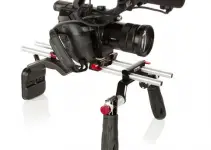In a shocking move, DJI entered the cinema camera space with the Ronin 4D. The fact that it exists wasn’t the only surprising part about it.
It was a full-frame system that had an integrated gimbal and the potential for autofocus thanks to LiDAR Range Finder. Lots of new tech and excellent specs definitely got a lot of people’s attention.
Entering this market isn’t easy, especially when you have options like the RED KOMODO as stiff competition with more traditional operation.
How about a direct comparison? Filmmaker Ryan Kao went and tested the Ronin 4D directly against his KOMODO to see how DJI’s first cinema camera actually compares.
You have to hand it to DJI for coming up with something new in a space that is known for sticking to traditions. The Ronin 4D is a gimmicky camera with a built-in gimbal and AF system – that’s not an insult though.
New tools mean people will find new ways or new techniques to add to their kit and could reveal new styles or ways of shooting. It’s exciting.
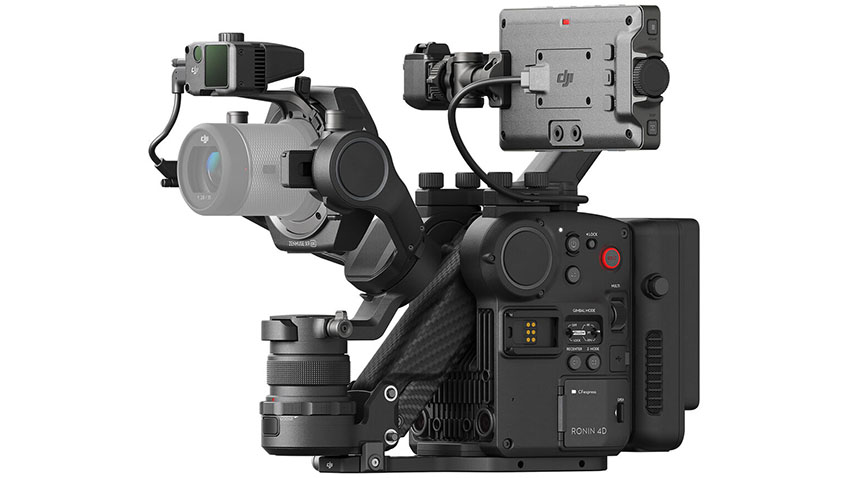
Image Credit: DJI
Still, different can be a challenge when you are used to the usual fare. That’s why Ryan was intrigued when DJI asked him to compare it to the RED KOMODO he uses. It does have a great set of key specs:
- Zenmuse X9 with 6K Full-Frame Sensor
- 6K up to 60 fps; 4K up to 120 fps
- 14+ Stops of Dynamic Range
- Internal ProRes; ProRes RAW with Pro SSD
- Dual Native ISO (800/5000)
- Internal ND System
- Interchangeable Lens Mount
- LiDAR Focusing System
Into the initial tests are the usual straight footage comparisons. In many of the shots it is good lighting and honestly, you can’t tell a huge difference between them.
These days it is fairly tough to find a camera that isn’t going to give you a good image. See if you can pick out the difference between these two cameras in the sample footage.
Image and Usability Comparison
The cameras were shot to match closely and had lenses to match the perspective since the Ronin is full-frame and the KOMODO is Super35.
Then the clips were brought into Resolve and used the manufacturer Rec.709 conversions. After that, there was a simple primary correction to get them close enough, but nothing creative was done.
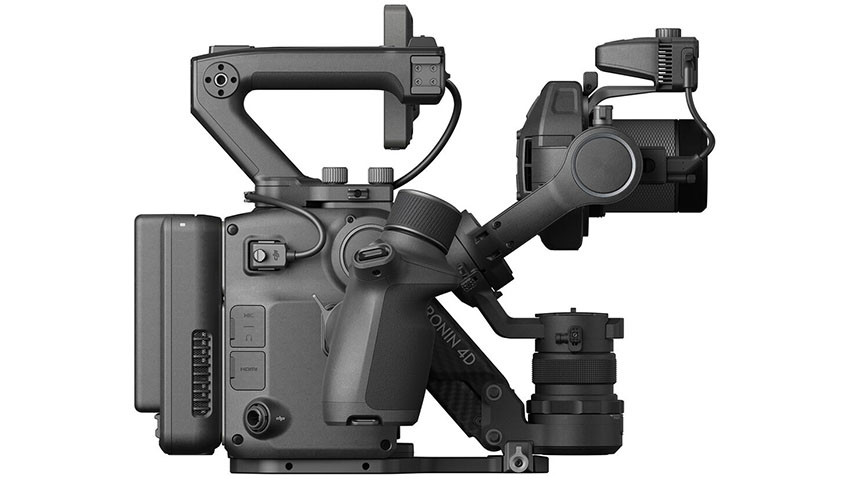
Image Credit: DJI
Doing a test shoot just like how he would do a regular shoot he used the Ronin 4D against the KOMODO. After reviewing the footage and showing it to a few other people the most interesting is that the blind tests had DJI coming out as the winner.
In terms of practical advantages the built-in gimbal was a huge part of making shooting easier. Since it was there Ryan found himself making use of it to grab shots and the quality was very good.
Add on the autofocus capabilities – even with manual glass – and you have a compelling cinema camera that promises to speed up your production.
Looking more closely at the footage you can see slight differences. One thing was that in particular details, like street lights at night, the KOMODO did seem to save some of the detail compared to the Ronin. Part of this is likely due to RED using a raw format while the Ronin was recording in ProRes.
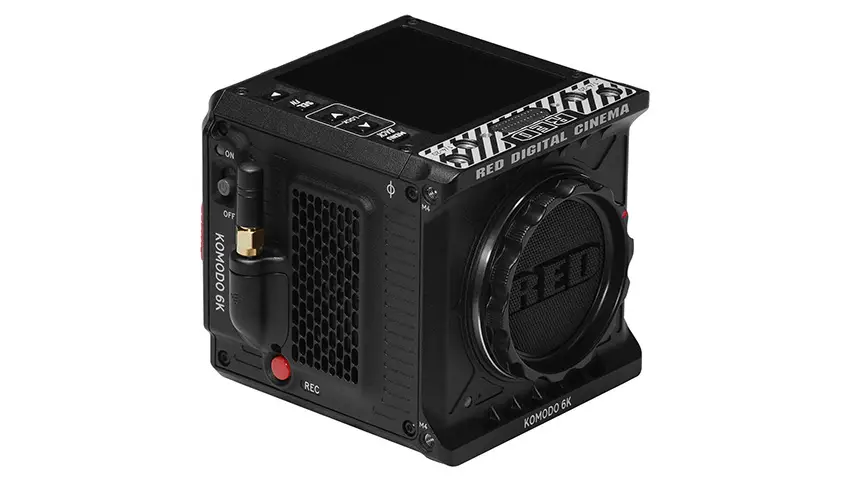
Image Credit: RED
It seems like the KOMODO may offer slightly better image quality on a technical level with more detail and a touch more dynamic range.
It is interesting that the “straight out of camera” image was often picked over the KOMODO though. Goes to show that DJI did do some work on getting the colors and contrast looking right.
One area where the DJI does win clearly is with low-light performance. Helped by that full-frame sensor the Ronin 4D has much less noise than the KOMODO.
Among the main reasons to consider the Ronin 4D is the integrated gimbal. Many people will have a gimbal as a mandatory part of their kit and this definitely seems like a shortcut for setup.
For solo operators, this single package camera system is tempting and might be the perfect tool for many people.
Lenses
Lenses will be a consideration to make as there are compatibility concerns. If you stick with DJI’s own optics then you should look at the 17-28mm T3.0 ASPH PZ Lens. It’s a brilliant combination for the camera as it gives you all types of control through the camera.
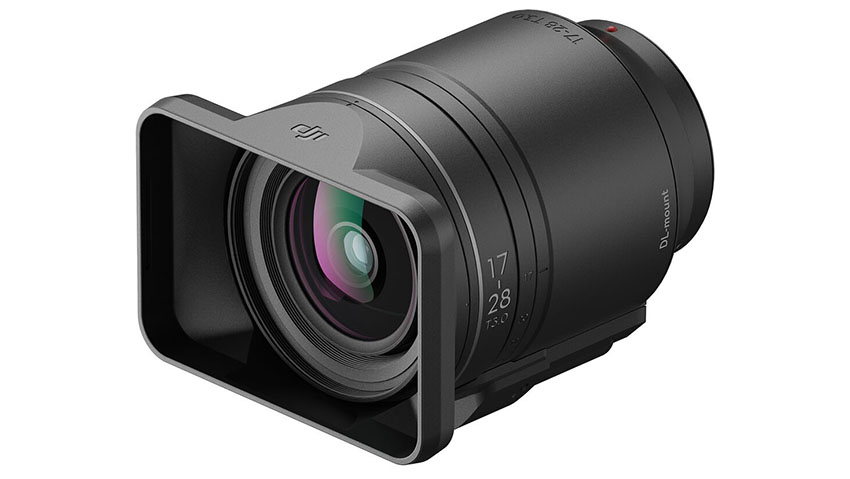
Image Credit: DJI
If that’s not your speed then there are interchangeable mounts to some common ones. Swap out the DL mount for Leica M, Leica L, or Sony E and use your current glass.
What do you think about the DJI Ronin 4D? It’s an interesting camera but would you consider picking one up?
[source: Ryan Kao]
Order Links:
- DJI Ronin 4D Cinema Camera 6K (B&H, Amazon)
- DJI Ronin 4D Cinema Camera 8K (B&H)
- RED KOMODO 6K Cinema Camera (B&H)
- DJI 17-28mm T3.0 ASPH PZ Lens (B&H)
Disclaimer: As an Amazon Associate partner and participant in B&H and Adorama Affiliate programmes, we earn a small comission from each purchase made through the affiliate links listed above at no additional cost to you.


